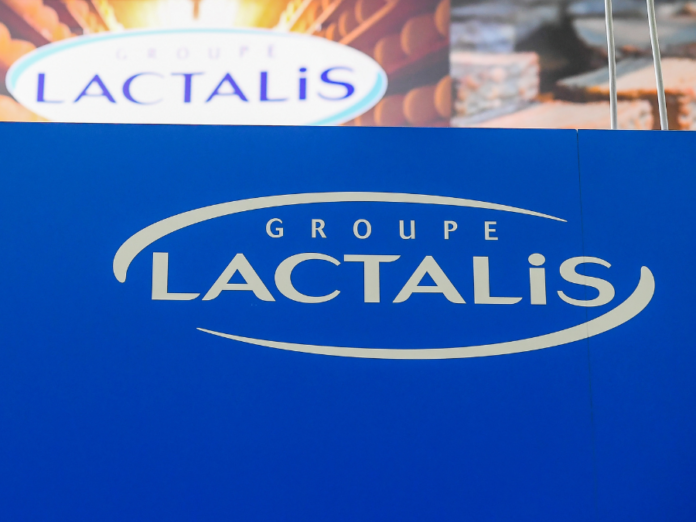Lactalis, a prominent dairy group, has recently announced the closure of a factory in Zambia, as reported by the country’s government. The decision, attributed to “market dynamics,” was communicated by Chipoka Mulenga, Zambia’s Minister of Commerce, Trade, and Industry. The closure of the factory has garnered local attention, with the Daily Nation newspaper highlighting that Lactalis plans to import products into Zambia from South Africa.
Repeated attempts by Just Food to obtain a comment from Lactalis regarding this decision have been unsuccessful. The Ministry of Commerce, Trade, and Industry of Zambia shared on Facebook that Mulenga engaged in discussions with Lactalis management on 6th January to deliberate on the closure.
The ministry stated, “The decision taken has been motivated by business considerations over the past years, which have been informed by market dynamics, influenced by new players in the milk sector.” The closure is part of the company’s internal reorganization in response to evolving market conditions. Mulenga expressed readiness on behalf of the government to support Lactalis should they reconsider their decision.
According to reports from the Daily Nation, Lactalis intends to transition to an import-based model starting in April. In its 2023 annual report, the privately-owned group disclosed that 16% of its €29.5 billion revenues were generated from regions across Africa, Asia, and the Pacific. The majority of the revenue, approximately 53%, is attributed to Lactalis’ operations in Europe.
In a strategic move in September, Lactalis acquired the Cremora creamers business in South Africa from Nestlé. The iconic Cremora brand, with a legacy of over 77 years in South Africa, was previously manufactured at Nestlé’s plants in Babelegi and Potchefstroom, both of which were included in the acquisition. The production of Cremora in Zimbabwe, specifically at a facility in Harare, will cease following the completion of the transaction with Lactalis.
The closure of the factory in Zambia marks a significant shift in Lactalis’ operational strategy, aligning with the company’s broader business objectives. The decision underscores the competitive landscape in the dairy sector, prompting Lactalis to adapt its business model to remain viable in the market. The government of Zambia stands prepared to collaborate with Lactalis should there be a reassessment of the closure.
This development reflects the dynamic nature of the global dairy industry, where companies like Lactalis are continuously evaluating market conditions and adjusting their operations to ensure sustained growth and competitiveness. As Lactalis navigates these changes, stakeholders will closely monitor the implications of the factory closure on the local dairy sector and the broader economic landscape.




